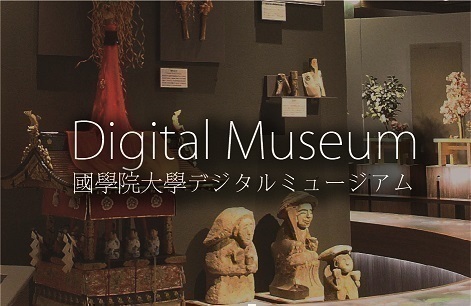- トップ
- Encyclopedia of Shinto
- Shinshoku
Encyclopedia of Shinto
| Main Menu: | |
| Links: |
詳細表示 (Complete Article)
| カテゴリー1: | 3. Institutions and Administrative Practices |
|---|---|
| カテゴリー2: | Officiants |
| Title | Shinshoku |
| Text | Personnel involved in the ritual activities and the maintenance of shrines. Historically, shinshoku was a comprehensive term for kuni no miyatsuko (provincial governor-ritualist), gūji (chief priest), negi (suppliant priest), hafuri (ritualist), and so forth (i.e., all those who serve the kami) and there were also synonyms such as shinkan, kannushi, shanin, shake, shashi, shikan, and others. Instances of the usage of the term can be found before the Edo period, but it was only in the modern period that it came to be used as an official term of government administration. In 1887 the prior term shinkan was abolished and officially replaced by shinshoku for kankoku heisha (imperial and national shrines) other than Ise Jingū, and shinkan came to be restricted to priests at Ise. Then in 1890 the terms shashi and shashō were established for use with regard to priests at prefectural shrines and lower. In 1902 these ranks were established for imperial and national shrines: gūji, gongūji (provisional chief priest), negi, and kujō. Ise priests of the kanbesho (Office of Priests) were no longer called shinkan, but made shinshoku as well. After the war, the Association of Shinto Shrines (Jinja Honchō), to which the great majority of shrines belong, continued prewar usage. The Association recognizes gūji, negi, and gonnegi (provisional suppliant priest) in principle as shinshoku, but there are some shrines where other ranks are in use as exceptions, such as kyōtō (a position between gūji and gongūji) at Izumo Shrine, seinegi at Sumiyoshi Shrine, kujō at Ise Jingū and Atsuta Jingū, and shuten at various shrines. In addition to these positions, the Association of Shinto Shrines also recognizes rank and status. The four ranks from the top down are jō, mei, sei, and choku. The six status levels from the top down are tokkyū, ikkyū, nikyū-jō, nikyū, sankyū, and yonkyū. — Sakamoto Koremaru |




